February 5, 2025 | 10:10 GMT +7
February 5, 2025 | 10:10 GMT +7
Hotline: 0913.378.918
February 5, 2025 | 10:10 GMT +7
Hotline: 0913.378.918
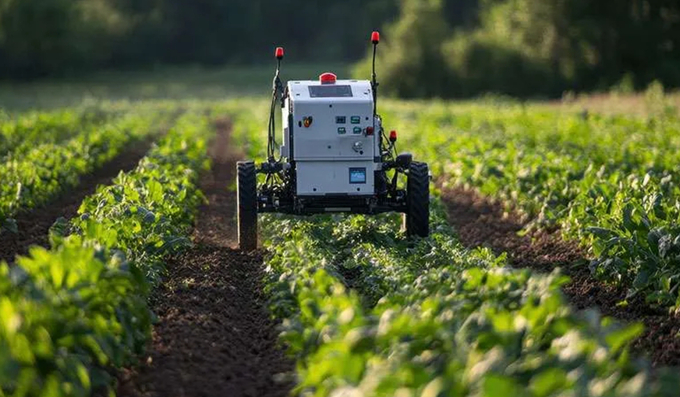
Photo: FreePik.
Herbicide-resistant weeds are a growing threat to crops globally, and farmers may soon need some alternatives. Enter: tiny, lightweight robots that plough the soil, unseating weed seeds before they can sprout, and helping farmers cope with these resistant strains.
While robotic weeders are bound to be part of a sustainable farming future, they are also expensive, and face other barriers to their adoption, such as farmers who may be resistant or mistrustful of new technologies on their land. But what could ultimately be gained by bringing these technologies onto the land—for farmers, but also the environment?
To examine that question, a group of researchers carried out a study that examined some of the drivers affecting whether farmers are more or less willing to invite robots onto their land. To do this, they built a complex simulation that wove together ecological data about the level of weed resistance to herbicides (a problem that increases with exposure), and economic data about farmer incomes and market dynamics. This simulation also factored in the costs of individual robots, some of which go for $20,000 a pop. The simulation revealed what would happen over the course of 15 years under different ecological and economic scenarios.
From the simulations the researchers distilled two main approaches farmers are likely to take to manage weeds on their land with robots. The first approach they called ‘myopic management’, wherein farmers are focused on short-term gain, meaning they would prefer not to spend lots of money upfront on buying robots to roam their land. Instead, they continue to rely solely on herbicides, which are cheaper.
But under this approach, herbicide resistance grows and grows over time, until it starts to seriously impact yields, and farmers have no option left but to try alternatives. And so, four years in, according to the simulation, they have to bring dozens of weeding robots onto their land as a complete—and very expensive—substitute for herbicides.
The second approach is what the researchers term ‘forward-looking management’, where farmers with perhaps more money to invest take their cue from the first signs of herbicide resistance, and opt to bring in the bots. Because they begin this process when weed resistance is low, they can pace themselves, starting with just a few robots spread over a small area of land. This small-scale but steady weeding helps control the spread of resistant weed seeds across the farm, and also offsets some of the herbicide use, which remains lower and more efficient. That simultaneously reduces the problem of weed resistance.
The financial upshot of this? The simulation showed that the herbicide- and robot-heavy myopic approach, while it initially saves costs by avoiding robots, actually ends up being more expensive in the long-run for farmers. It also douses the land in herbicides. And, while forward-looking management requires a bigger investment at the start, the researchers found that in the long run this approach actually leads to higher farm profits. Environmentally, the lowered herbicide intensity also has obvious benefits for water and soil.
The researchers say the real-world value to these results is that they can help identify financially vulnerable farmers more likely to douse their ailing crops with herbicides, instead of putting in the upfront costs for weed bots. That has implications beyond individual farms, because weed-resistant seeds can spread to surrounding areas. Subsidies may be useful in helping farmers to introduce their first weeding robots onto the land.
anthropocenemagazine
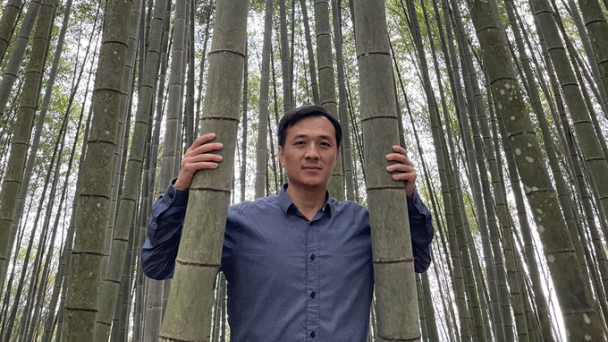
(VAN) For World Bamboo Ambassador and architect Nguyen Manh Tuan, bamboo is a timeless material, seamlessly blending with nature and woven into every moment of life. Vietnam Agriculture Newspaper is pleased to introduce his article.
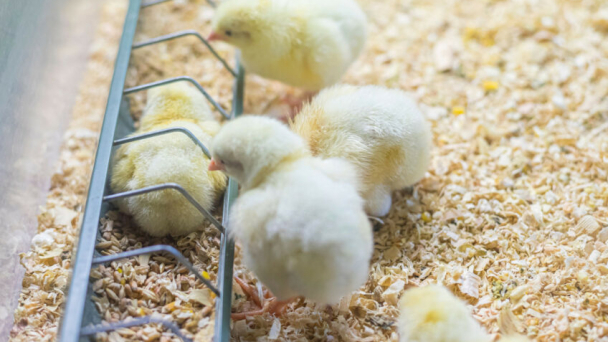
(VAN) Smart farming, including applications of artificial intelligence (AI), has the potential to improve farm animal welfare in many ways, but practically achieving this depends on a number of external factors.
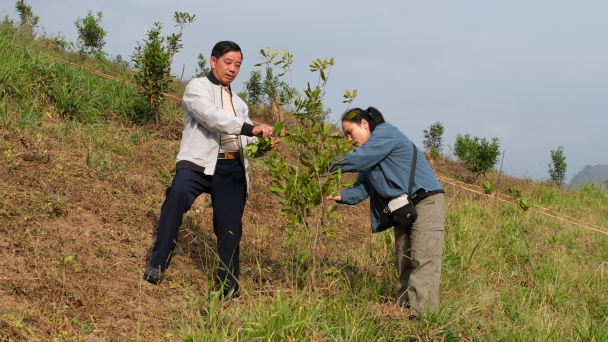
(VAN) With 75% of its cultivated land on steep terrain, macadamia farming in Tuan Giao district faces significant risks of soil erosion, underscoring the need for sustainable agricultural solutions.

(VAN) Bac Kan province is set to mobilize over 1 trillion VND to implement the Ba Be National Park Eco-Tourism, Resort, and Entertainment Development Scheme.
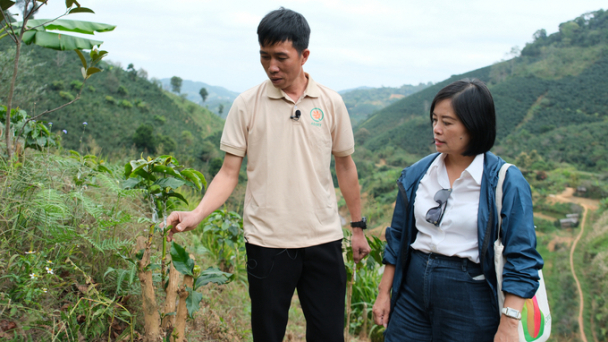
(VAN) Agroforestry models and grafting techniques are breathing new life into the Arabica coffee gardens of the Thai ethnic community in Mai Son district, Son La province.
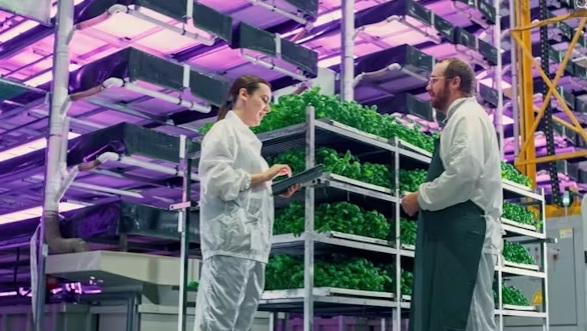
(VAN) Plant factories are failing, with multiple companies closing or going bankrupt in recent months. This includes the largest vertical farm on the planet, in Compton, Los Angeles.

(VAN) The announcement comes as a protection zone was set up following an outbreak of highly pathogenic avian influenza (H5N1) in the Kirriemuir area of Angus, Scotland.